When the Delhi Durbars were held in 1903 and 1911, all the Rajas and Maharajas of India travelled to Delhi to pay their respects to the Crown. All, except the Maharana of Mewar, who did not attend these events to demonstrate his resistance against the British regime. Yet, decades later, when Queen Elizabeth II and Prince Philip visited Udaipur, in January 1961, to restore the British monarchy’s relationship with this royal house, Maharana Bhagwat Singh Mewar graciously welcomed them.
Even though the British couple was the guest of the government of India in official capacity, the royal family acted as the principal hosts. Recalling this moment, the current scion Mahendra Singh Mewar says, “My father, the late Maharana Bhagwat Singh, and our family, along with a great number of people of Udaipur, had the pleasure of welcoming the Queen and the Duke of Edinburgh to our city in 1961. It is an occasion still very much in our thoughts.”
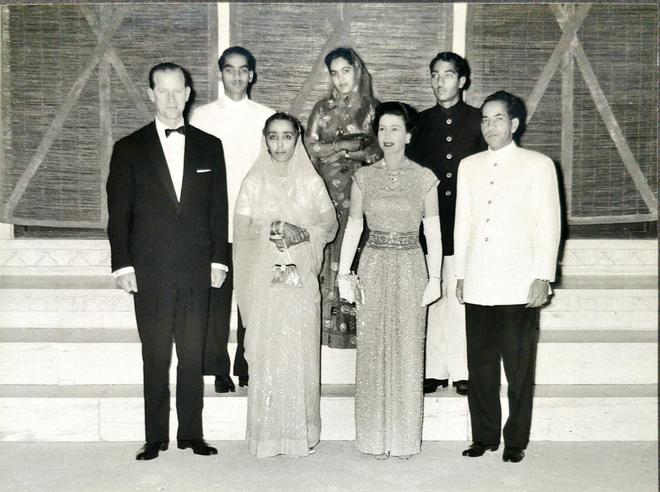
Witnessing history
Tej Singh of Bansi, who was a college student during the Queen’s visit, recalls how some of the Umraos — the highest feudal barons of Mewar — got together at his family residence and travelled to the Maharana’s Shiv Niwas Palace together to meet the royal guests. “Rawat Hari Singh Bansi was joined by Sawai Rawat Hari Singh Begu, Rajrana Himmat Singh Bari Sadri, Maharaj Karan Singh Karjali and Rajrana Hari Singh Tana. They were all dressed immaculately in a special kind of headgear, known as the Amar Shahi Paag, paired with pastel angas, churidaars and kamarbandhs.” The Amar Shahi Paag had gone out of fashion those days and was not easy to find, but after these nobles donned it on this occasion, they came into vogue once again.
Pushpendra Singh of Karjali narrates another interesting anecdote. “There was some chatter about a German-make luxury vehicle being used to ferry the royal guests at their previous travel destination. So, as a mark of respect to the British royalty, my father, Maharaj Karan Singh Karjali, decided to travel to the palace for the royal rendezvous in his ‘made in England’ Rolls Royce convertible! While my elder brother Harish Chandra Singh got the opportunity to drive the senior nobles in the Rolls Royce, I, being the younger one, was an enthusiastic witness to this exciting moment.”
Passing through the lanes and by-lanes of Udaipur in a state-of-the-art Cadillac, waving through a sea of faces, when the Queen’s cavalcade arrived at the palace, the Maharana personally escorted the royal couple around the premises. When he offered the Queen precedence during their interaction with the nobles of Mewar, she is believed to have exhibited a great deal of humility and said, “Please lead the way. You come from a much older dynasty than I do.” In fact, the royal couple charmed the attendees more than once with their self-effacement.
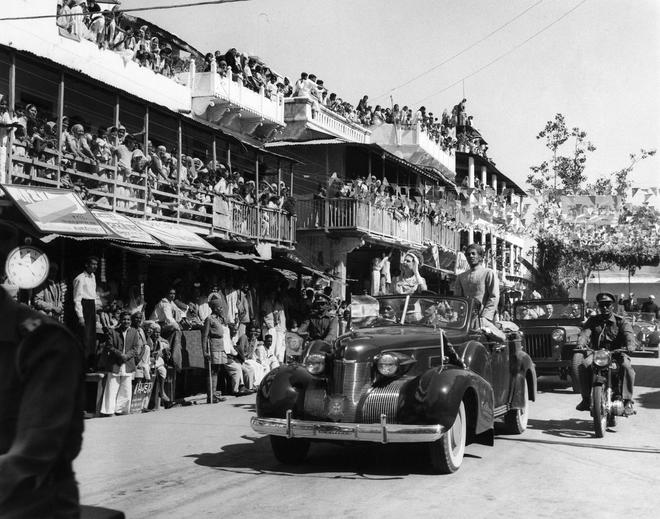
Ajayraj Singh Begu shares an incident involving his late father, Rawat Sawai Hari Singh of Begu. “When he was presented to the royal couple, Prince Philip smiled at him, sporting a sense of familiarity, and said, ‘Begu! I believe you have a fairly large fort not too far from here.’ His humility touched my father.”
Table talk
Throughout their visit, the food for the royal guests was prepared under the watchful eyes of Maj. Gen. Rao Manohar Singh of Bedla, who was the Master of Ceremonies during the Queen’s visit. His grandson Himmat Singh Bedla says, “Since the house of Bedla was always known for its culinary expertise, my grandfather personally looked into the menu curation for all the dignitaries visiting Mewar.” Expert cooks were summoned to prepare the extravagant spread. The Queen was so impressed that she presented a ginni (gold coin) to one of the cooks who made a special dish of arbi (taro root), carved in the shape of a fish. “Kaalu Dada wore that coin around his neck for as long as he lived and called it rani ka medal or the queen’s medal,” recalls Himmat’s cousin, Karanvijay Singh Bedla.
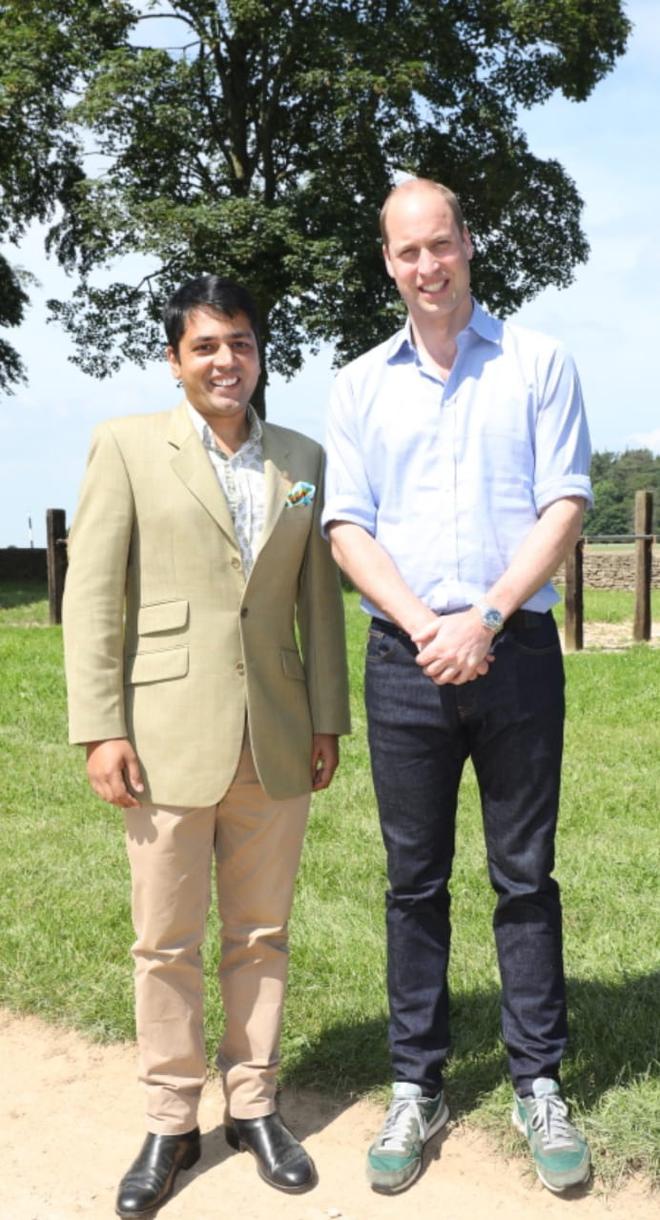
Long after the visit, the Queen is said to have carried with her fond memories from the trip. In 2011, when Raghavraj Singh of Shivrati was invited to Prince William’s wedding, he got an opportunity to meet with Elizabeth II at Windsor.
“She had fond memories of Udaipur and its charming lakes,” he said.
To sum up in his words, “The Queen has been the epitome of the bond between the old and the new, a bridge between the past and the present.”
No matter how one chooses to interpret this moment in history, her passing certainly marks the end of an era.
The independent writer is based in Rajasthan.
Stopover in Garden City
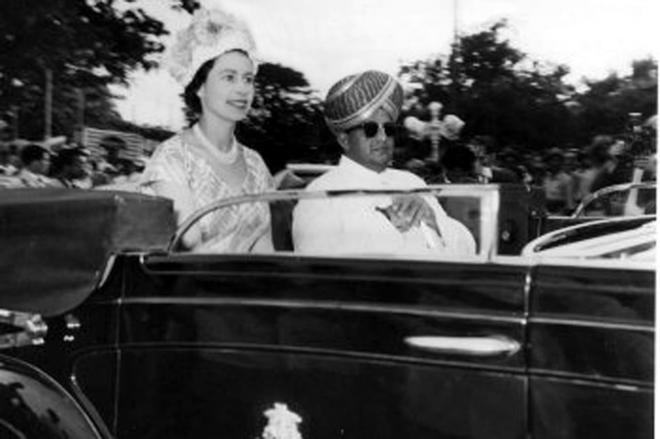
The city of Bengaluru was among the places Queen Elizabeth II briefly visited during her 1961 India trip. In the Karnataka capital, she was welcomed by the head of the erstwhile Mysuru Royal family, Maharaja Jayachamarajendra Wadeyar.
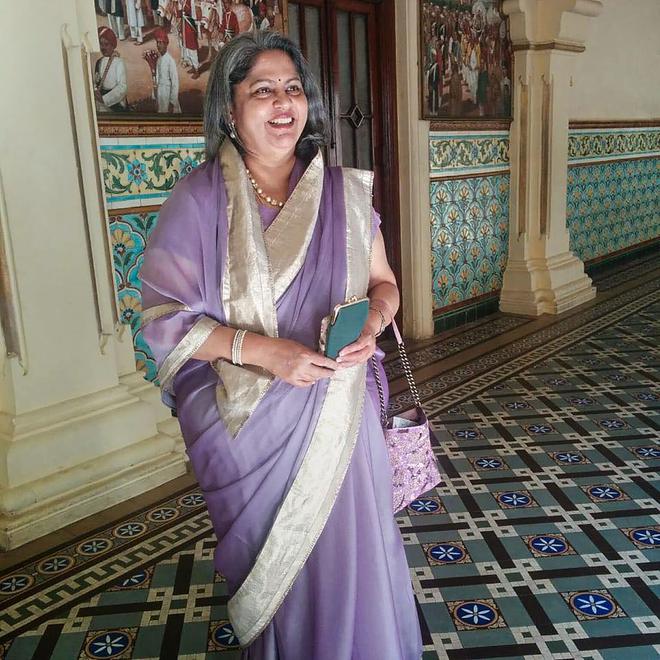
His daughter Kamakshi Devi Wadiyar, who was then just eight, recalls, “My father, the Rajya Pramukh of the State, received the Queen at the airport. Along with my mother and siblings, I watched her arrival from a distance.” Hundreds of people had gathered at Bengaluru to catch a glimpse of the British head of state. Government and private offices had declared a holiday in honour of her visit.
The Queen was then taken to the Residency, now known as Raj Bhavan, the Governor’s residence. “The entire event was made grand with whatever limited resources were available then. Elizabeth II spent her night in Cubbon Bungalow on Nandi Hills.” The Mysuru Maharaja is said to have presented the Queen a copy of the Bible, translated in Hindi. A video of the visit has gone viral after the Queen’s demise on September 8.
(Inputs from PTI)







